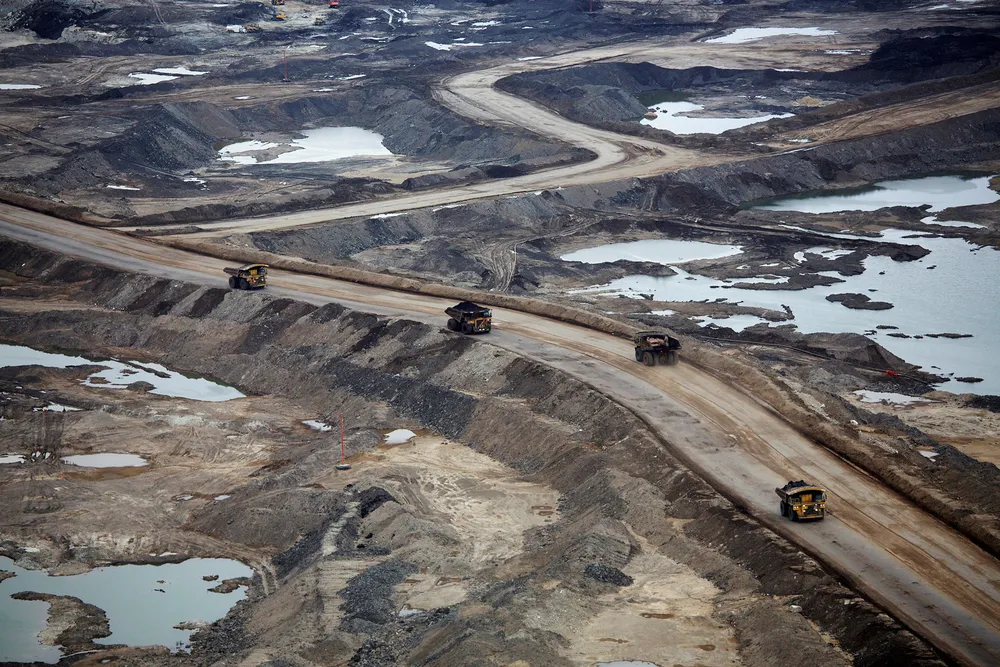Canada’s oil sands producers team up on ambitious net-zero emissions drive
Initiative's vision is anchored by an envisaged major carbon capture, utilisation and storage project

Initiative's vision is anchored by an envisaged major carbon capture, utilisation and storage project
